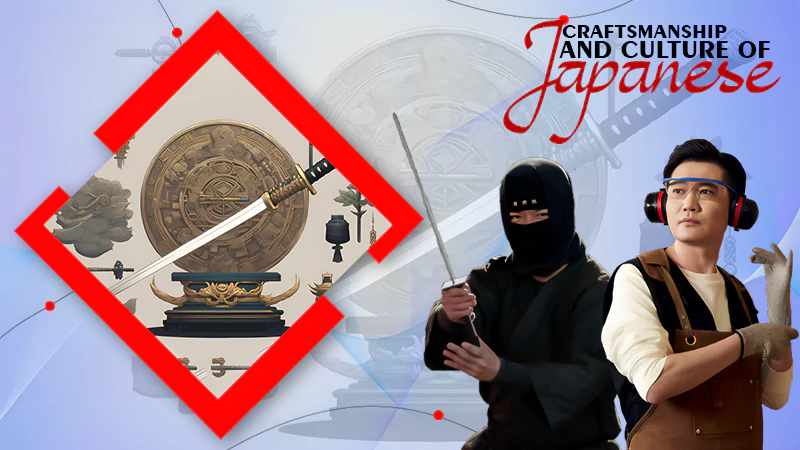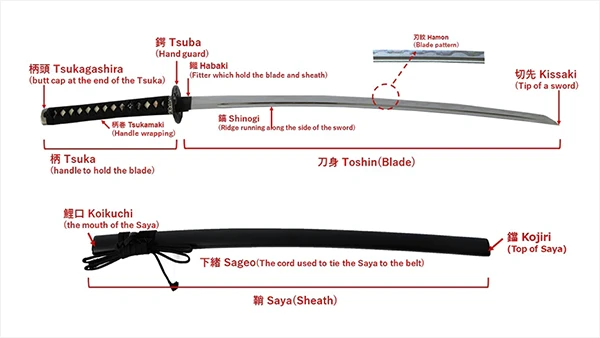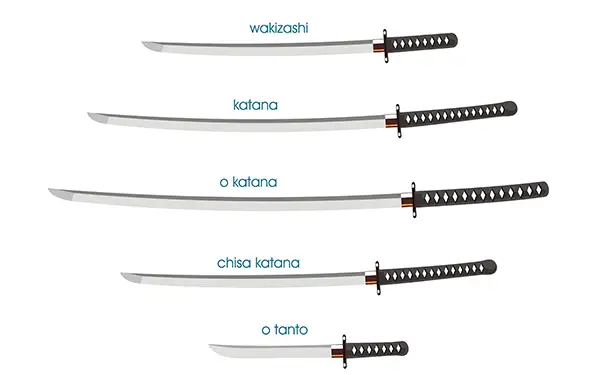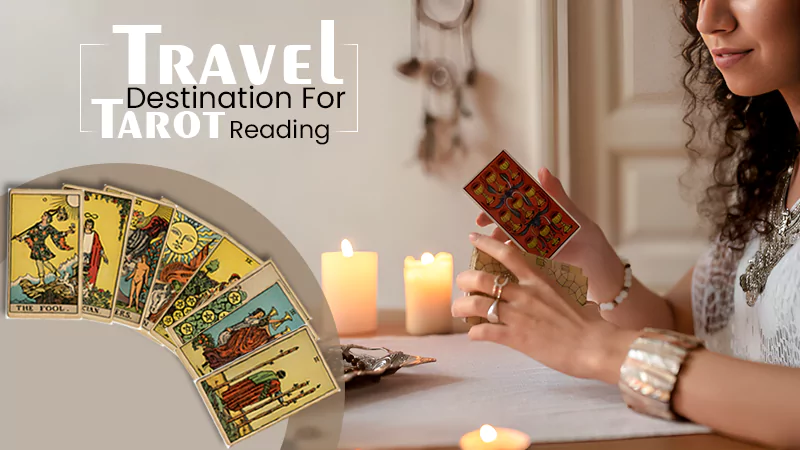
Japan is one of the nations that is heavily steeped in tradition. The nation is renowned for its craftsmanship.
The skill of making handicrafts has been proudly passed down from generation to generation.
Japanese crafts are not just a piece of decoration but rather, they are ordinary objects used in daily life.
Most of the Japanese traditional crafts endure a relationship with the most iconic symbol of their heritage i.e. “the sword”.
Despite being a weapon, swords made there are works of art that embody centuries of history, culture, and skills of master craftsmen.
Going through this guide you can explore the rich tapestry of swords made in Japan.
Let’s dig in.
The Historical Significance of Japanese Swords:
The historical significance of Japan’s swords is something to look for. Let’s explore it:
The Samurai Legacy:
Back in the past, the samurai ruled Japan as the powerful warrior class for seven centuries. Samurais were a class of warriors and knights.
Japanese swords were central to the legacy used by the samurai. They led society in feudal Japan.
The katana was the sword that was the embodiment of their spirit and skills for centuries. Concerning its appearance, it has a distinctive curved blade and exceptional sharpness.
There is a belief amongst revered warriors that their swords are the extensions of their souls. Nonetheless, the forging of a katana is both a spiritual journey and a physical one.
Spirituality and Symbolism:
Spirituality and symbolism are deeply rooted in Japanese swords, which is very evident.
A spiritual term used for the process of crafting swords is “katanakaji”. This term signifies the profound connection between the swordsmith and the materials utilized.
Swordsmiths, or “toshos” are dedicated to perfection. The reputation of swords goes beyond as a tool of war, transcending into the domains of art, spirituality, and symbolism.
Therefore, the belief in the spirit within the blade is something that imparts a sacred quality.
The Craftsmanship Behind Japanese Swords:
The creation of swords is a labor-intensive blade-smithing process. This section examines this art in depth.
The Art of Swordsmithing:

Interesting Fact
Japanese swords consist of numerous elements. However, the image above showcases the terms used for each part.
The art of swordsmithing holds a special place at the heart of their legacy. They have endured the trial of time and captured the core of their cultural heritage.
Swords were traditionally crafted by “tamahagane”. What does this term mean? It is a process of smelting iron sand to bring forth high-quality steel.
Swordsmiths or “kaji”, honed their skills. They often refined their techniques to create edges of superior quality.
Forging and Folding:
Next comes forging and folding the steel. This practice of repeated heating, hammering, and folding begins to continue for hundreds or even thousands of times.
Once the steel is homogenized or doesn’t have impurities, kaji then creates a layered or “hada” pattern on the edge.
Are you wondering why folding? Because it contributes to the blade’s strength and flexibility.
The Role of the Swordsmith’s Signature:
The role of swordsmiths in sword-making is incomplete without their signatures. Each creator’s signature on their respective swords. Their signature are marks of pride and responsibility.
Are you curious to know what their signatures are known as? Well, signatures were termed as “mei”.
You can discover mei on the tang of the sword. However, authenticates the sword and acts as a testament to the lineage of their tradition.
Types of Japanese Swords:

The most common types of Japanese swords are the Katana, Wakizashi, and Tanto. The only difference between them is the length, curvature, design, and intended purpose. To know more, look below:
Katana:
Katana is esteemed in Japanese history and culture. They are renowned for their distinctive appearance and exceptional cutting abilities, expressing strength and principles.
Do You Know?
The creation of the Katana sword required 15 men nearly for six months.
In addition, it also symbolizes the samurai’s code of honor and discipline.
Throughout centuries, Katana was the primary weapon of the samurais which represents their bravery, skill, and accuracy
Wakizashi:
This is a shorter companion sword to the katana. They could be hammered differently and have a different cross-section.
Earlier samurai wore daisho or a pair of swords, the wakizashi was one of them.
Wakizashi was utilized earlier in the 15th or 16th century for purposes like self-defense, and ritualistic suicide (seppuku) and serves as a symbol of honor.
Tanto:
Tantō dates to the Heian period. It was mainly used as a weapon but evolved to become more ornate.
Tanto in simple terms is a shorter knife or dagger. Tanto has two variations i.e. single or double-edged blade.
Tanto was used to serve purposes like utility and self-defense. On occasion, it was used in the act of seppuku.
Interesting Fact:
During the Edo period, the Tokugawa shogunate necessitated samurai to wear Katana and shorter swords like wakizashi and tanto.
However, alike other swords, it is also a symbol of honor.
Preserving Japan’s Sword Heritage:
Preserving heritage is the most influential. In this section, you can learn about government regulations, sword appreciation, and education.
Government Regulations:
Japan has been modernizing for the past 150 years. But, during the contemporary period, the possession and production of swords were regulated by the government itself.
Japanese heritage has been protected for years now. The present Law for the Protection of Cultural Properties refers to them as cultural assets either it’s antique swords.
Sword Appreciation and Education:
As mentioned earlier, cultural institutions and museums in Japan are responsible for the preservation and education of swords.
They are preserved to keep them safe and showcase to others the beauty of these blades.
Other than that, another reason behind the preservation is to deliver insights of cultural, historical, and spiritual significance.
Conclusion: Embracing the Legacy
Knowing Japanese swords can be a roller-coasting journey that must captivate your attention.
You can travel along through time, culture, and craftsmanship. The Japanese swords stand as a testament to Japan’s resilience, artistry, and spiritual depth.
We, hope you understand the historical significance behind the creation of swords. Despite being historically connected, Japanese swords also have an appreciation for the enduring cultural impact they wield.












